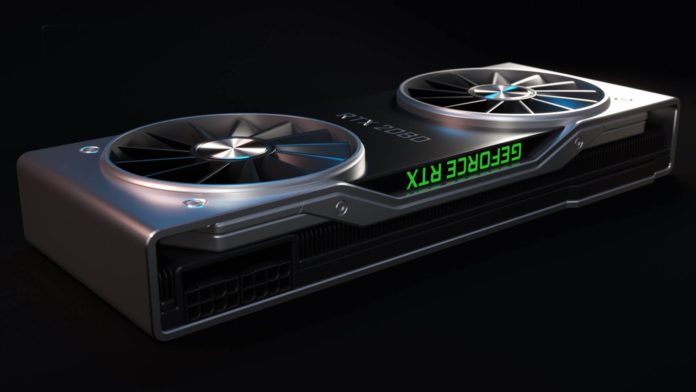Shadow of the Tomb Raider released almost seven months back, but NVIDIA demoed the implementation of its Turing powered RTX features even before that. Now more than half a year after release, team green has finally brought both raytracing as well as DLSS to Lara’s final adventure in the new Origin trilogy. It may be too late, and after Metro Exodus, I had started to really dislike DLSS, but after seeing it in action in Shadow, let’s just say that I’m impressed. NVIDIA (or its supercomputers) has definitely made some significant improvements to the DLSS algorithm.
For starters, the texture sharpness and detail
Why AMD’s Navi GPUs Won’t Impress Gamers or Enthusiasts Alike
NVIDIA GeForce RTX Graphics Cards’ Prices Drop First Time Since Launch
However in Shadow of the Tomb Raider, RTX is only implemented for the shadows (both ambient and otherwise). The reflections and global illumination are rasterized, and it’s usually those two that have the most impact on frame rates. Still, the improvement in DLSS quality is worthy of appreciation. It’s on par with the post-patch implementation in Metro Exodus. There’s a minimal loss in quality with a healthy FPS boost. Have a look at the shots comparing the graphics quality with and without DLSS, as well as with RTX ON and off.
Image Quality Comparison
With that out of the way, let’s see how exactly the frame rates are affected by
Shadow of the Tomb Raider: RTX and DLSS Benchmarks


As you can see even the might 2080 Ti can’t handle the burden of (just) raytraced shadows at 4K without DLSS. While RTX medium is fairly economical, the high and ultra quality presets are much more demanding, dragging the 20-series flagship down to the mid-fifties. And this is the performance with DLSS enabled.
Surprisingly the delta between the non-Turing ultra and RTX ultra is rather slim. A gap of 4 and 6 FPS at the medium and ultra RTX presets, respectively. Seems like NVIDIA’s little RTX project is finally taking off. Raytracing may still be in its early stages, but with DLSS getting better and better, it’d be safe to say that raytracing or “RTX” is the future, at least when it comes to PC gaming.
Read more:








